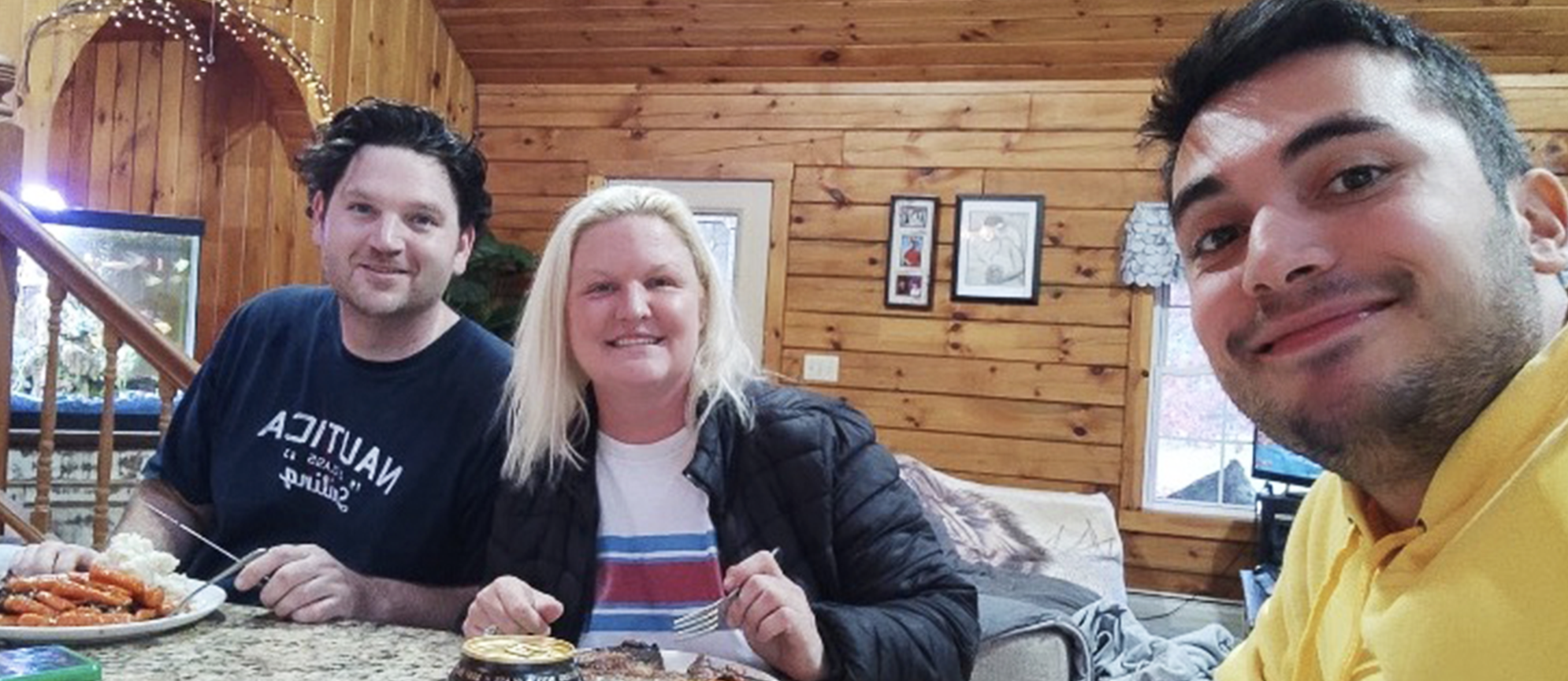We get many questions about food from both our hosts and our students. Food is an important subject. Here you’ll find some tips that may make it easier for you and your student to be happy, healthy and well fed.
Each student will have chosen a different package when signing up for homestay. This is confirmed with you before the student arrives. If you don’t know what you are required to provide as part of that package please contact your local office immediately.
Be sure that the student is getting enough to eat. The most common food-related problem we hear about from students is that they are still hungry at the end of a meal or between meals. There are several possible reasons for this:
- The student may be used to more variety at each meal and doesn’t take as much as would be expected here; one-dish meals are not an international custom.
- The student doesn’t like the food.
- The student may be very active and burn a lot of calories, so a salad-and-sandwich dinner doesn’t fill him or her up.
- The student doesn’t take seconds when they are offered. In some cultures, it’s impolite to accept food the first time it’s offered or to ask for more. Whatever the reasons might be, it’s really very important to be extra mindful at mealtime to ensure that the student isn’t leaving the table hungry.
Ensure there is variety in the meals you provide students. Allrecipes.com is a good source for inspiration. Try to limit the number of casseroles each week as most students consider these strange and are used to several dishes of separate veggies, fruit, meat, starch. Rice is a staple in many diets around the world and is eaten at every meal. Most students prefer short-grain steamed rice.
Some extra points to note:
- Be clear with your student regarding the family dinner hour
- Ask your student to call if they will be late or won’t be coming home for dinner
- You are not required to cook dinner for your student if they arrive home late, but you do need to leave food for them to reheat
It’s very important to respect dietary restrictions based on religious beliefs and practices. These will have been mentioned to your before making the placement but it’s a good idea to ask your student if there are foods he or she cannot eat because of religious beliefs. For example, Muslims do not eat pork, most Seventh-day Adventists don’t eat beef or pork or anything with alcohol in it, and some Buddhists are vegetarians. Usually the limitations are easy to work around in planning your menus. For example, if you are serving pork chops for dinner, you can easily prepare a mince patty for a student who doesn’t eat pork.
We don’t expect you to make major dietary changes because you’re hosting a student, but you will want to know something about your student’s food preferences. Always find out what the student likes and doesn’t like. There are several ways to find out what they are:
- Ask your student to go to the grocery store with you and point out things he or she likes.
- Ask him or her, “What do you usually eat at home for breakfast?”
Consider their ‘normal’ behaviors as if they were at home. Toast and sandwiches aren’t normal for some students. Some students prefer leftover rice and a salad for breakfast instead of cereal or an egg and toast.
Just as some of us are more adventurous than others in our eating habits, so are students. Some are hesitant to try new foods. One homestay student at first refused to eat spinach noodles because she thought they were made of grass!
The customs of other countries may make it difficult for a student to adjust to getting food out of your cupboard or refrigerator, but it’s important to let the student know what’s available. Except where a family member or student has dietary restrictions, whatever food is available to the family should also be available for the student.
Ask the student to cook for you. Most students like to prepare a meal that would be typical in his or her country. The student would enjoy shopping with you for the ingredients and teaching you how to prepare some dishes. Of course, the most fun comes from cooking together. Learn how your student cuts onions, for example. Always ask for recipes. Most students are delighted to have you ask for and try favorite family recipes from their country. They can translate them if necessary.

